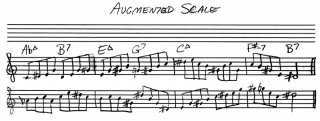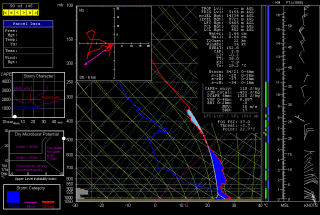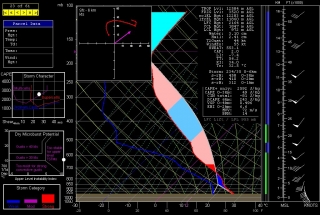A month from now is Valentine’s Day, a time when thoughts turn to romance, chocolates, and tender songs. The most beloved Valentine’s ballad is undoubtedly “My Funny Valentine.” Frankly, though, I have to wonder why. Have you ever seriously considered the lyrics? If a woman I was with ever slapped my self-concept across the face with a song like that, she’d be going home in a cab and paying her own fare.
Just look at the words to “My Funny Valentine” and tell me they make you feel cherished, idolized, and all-around glowingly great about being you. You want something that’ll take you a few pegs down from warm and fuzzy, the old Rogers and Hart tune will do it.
Let’s say you’re a lady and the guy you’re with has gotten it into his head that he’s going to sing you this song while gazing soulfully into your eyes. Here, line by line, is what he’s saying to you, along with an explication of its actual meaning:
My funny Valentine–sweet, comic Valentine
You make me smile in my heart.
So far, so good. Your amour finds you amusing. But is that really a smile in his heart or a snicker?
Your looks are laughable.
Doesn’t take long for the truth to come out, does it. He’s just told you that your appearance is a joke.
Unphotographable.
You’re ugly. Your face would melt the sensor on a digital camera.
Still you’re my favorite work of art.
He’s into Cubism, so consider that line nothing but a left-handed compliment.
Is your figure less than Greek?
You’re not Rubenesque, you’re just overweight. And yes, that dress makes your butt look fat, definitely.
Is your mouth a little weak?
What the hell does that mean? Maybe he’s commenting on your receding chin. Surely he doesn’t expect you to curl dumbbells with your lips.
When you open it to speak, are you smart?
He thinks you’re stupid. Ugly, fat, weak-mouthed, chinless, and stupid. What on earth are you doing with this dork? He’s done nothing but insult you since he started singing this idiotic song. You’d have been better off spending Valentine’s Day with your cat, who is thoroughly nuts about you, not to mention a whole lot nicer.
But don’t change a hair for me. Not if you care for me.
Care for him? He’s lucky you haven’t bitch slapped him into oblivion.
Stay, little Valentine, stay!
Unbelievable. The jerk is propositioning you. Having verbally abused you, having shredded your ego to the consistency of mulch, now he wants to have sex with you. And all the while, he’s staring into your eyes and singing that stupid, snarky song with that stupid smirk on his stupid face.
Each day is Valentine’s day.
Not in a pig’s eye it ain’t. Not today, not any day. You smack the insensitive turd with your purse and walk out the door. Don’t change a hair for him? You’d like to rearrange his entire face for him. Bastard!
Then again, it could be PMS.




